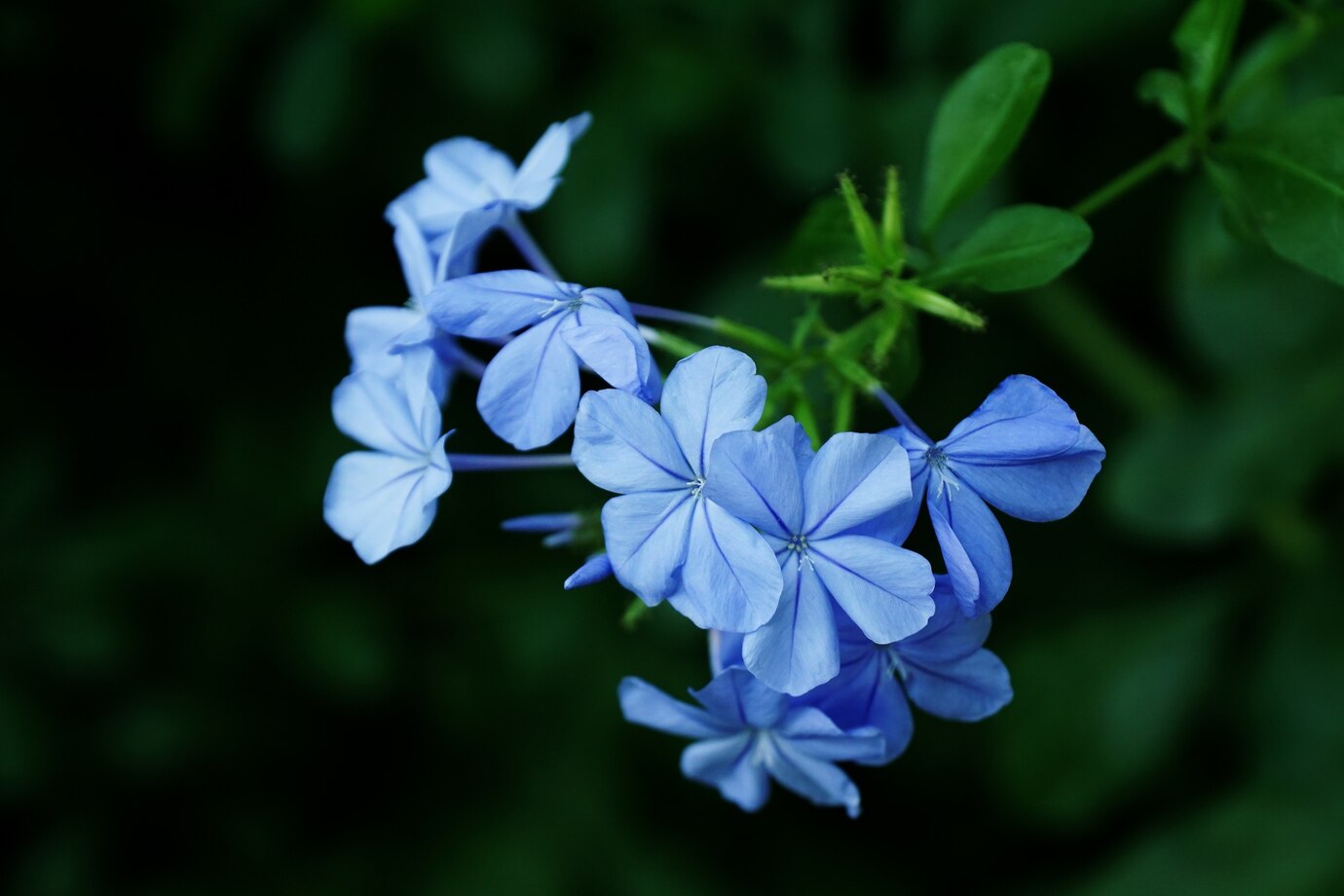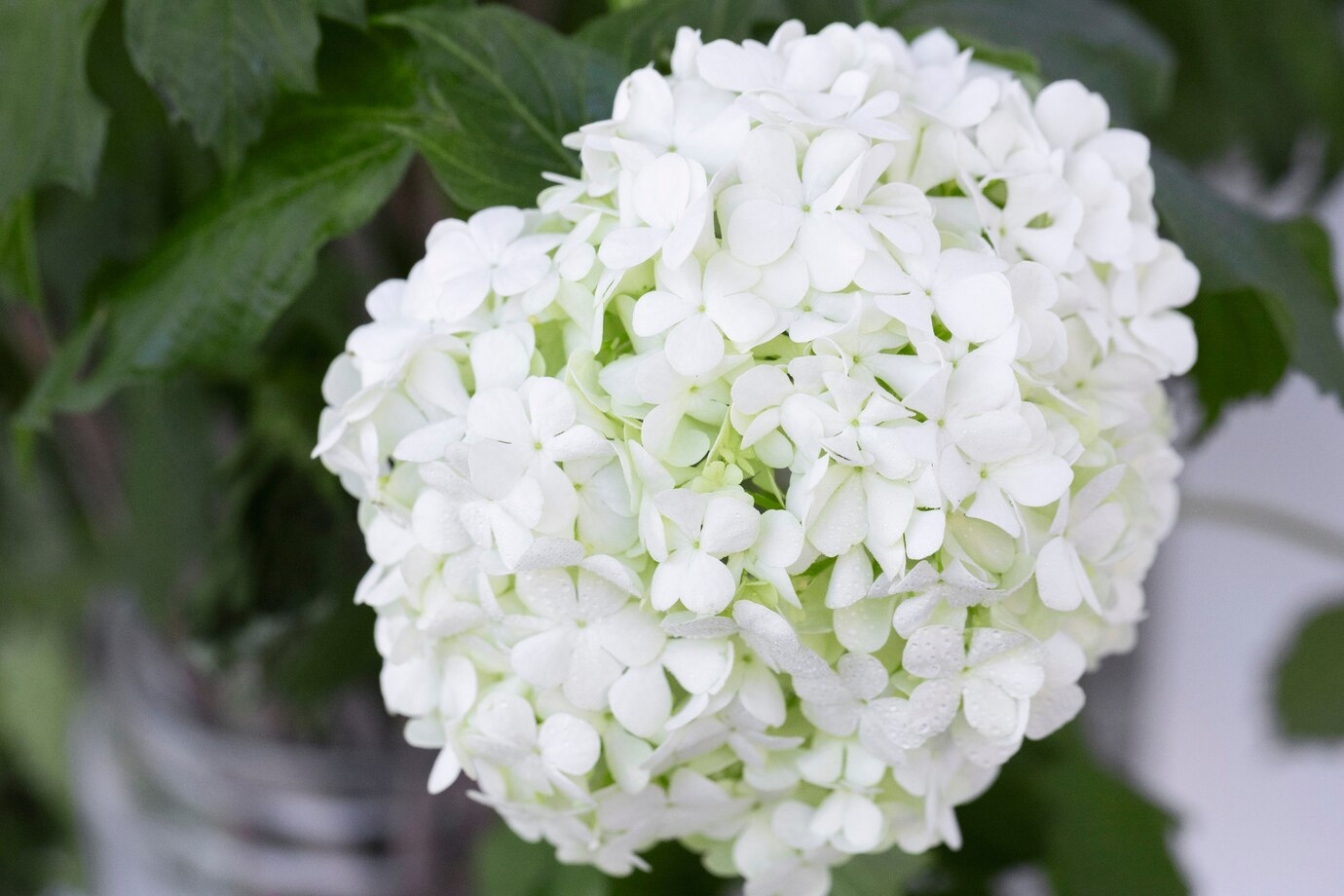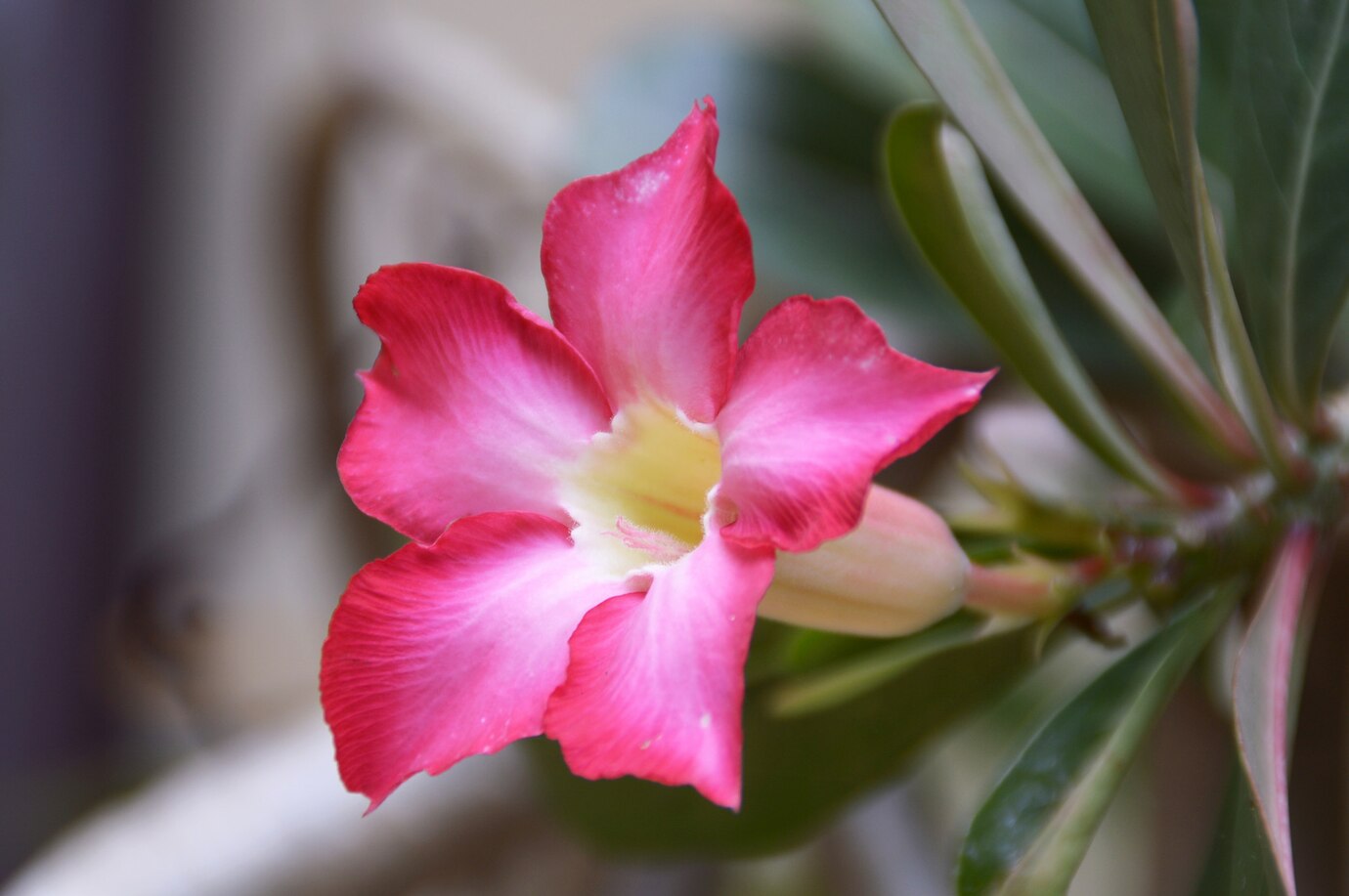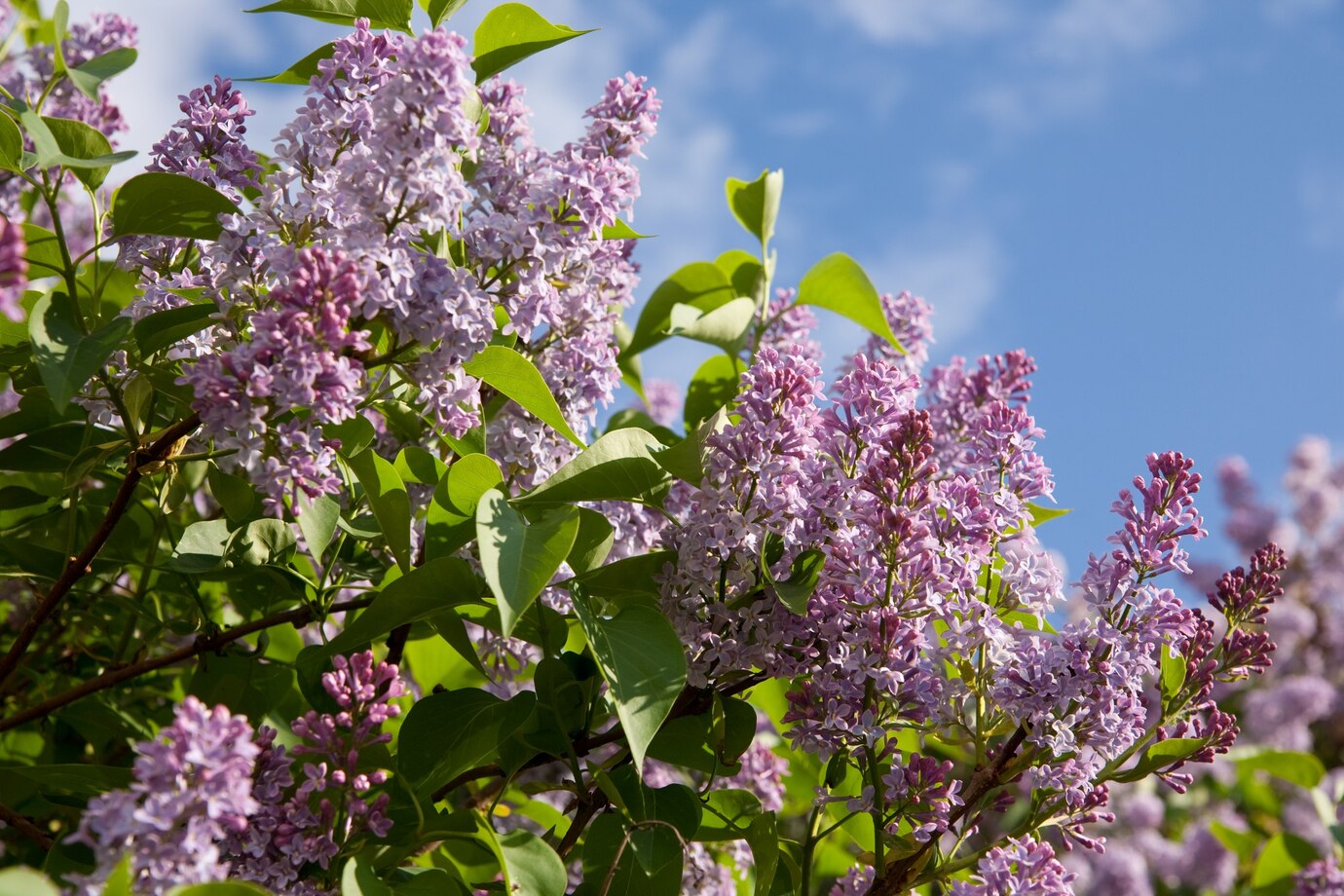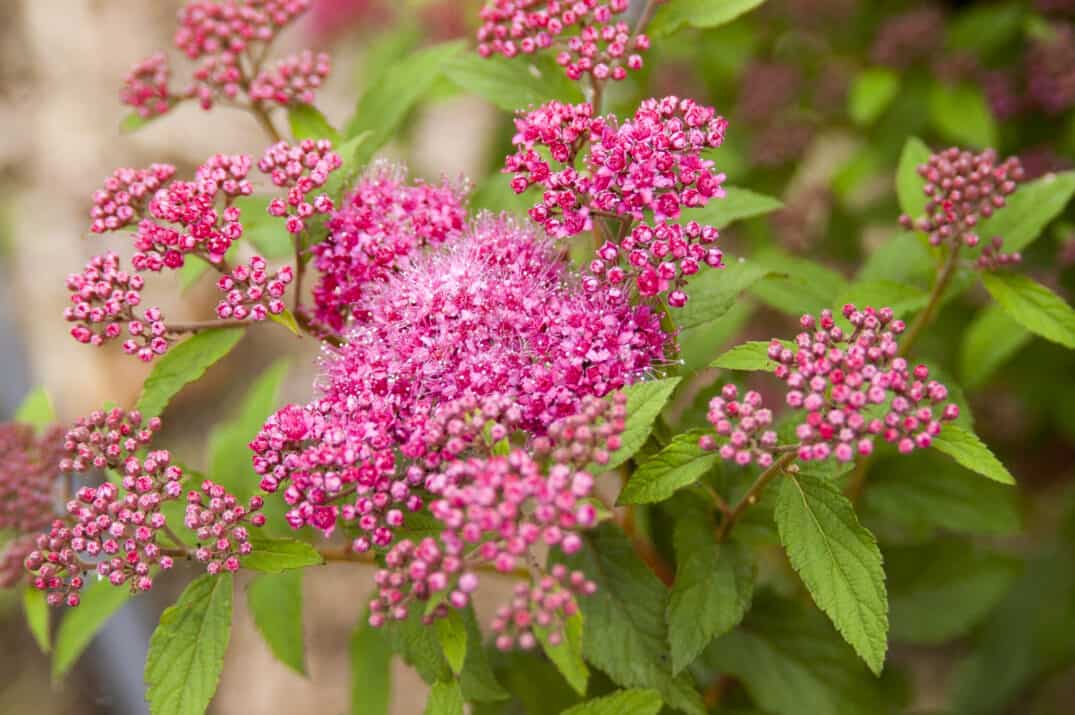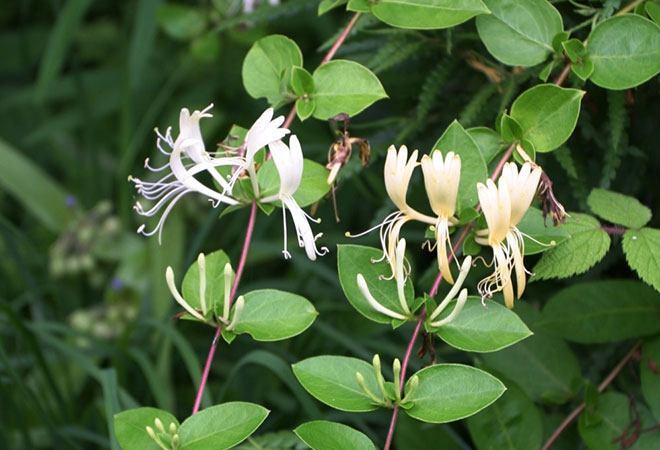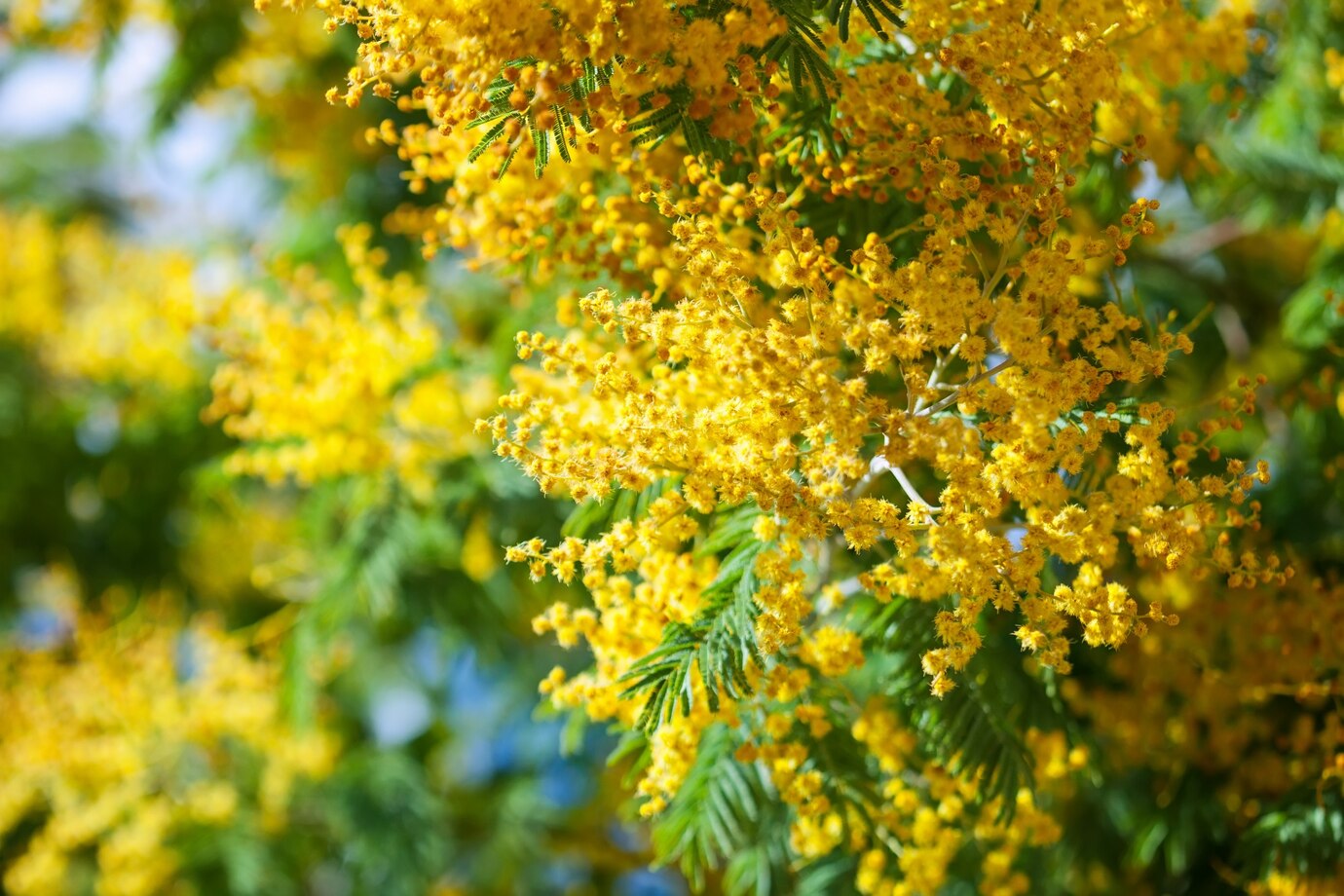Plumbago is a well-loved, quick-growing annual shrub known for its striking, sky-blue blossoms. It can be cultivated either as a decorative garden feature or an indoor plant. Keep reading to learn how to grow Plumbago and essential care tips to help your plant flourish.
Table of Contents
ToggleAbout Plumbago
Plumbago is a group of deciduous, mound-forming, or climbing shrubs belonging to the Plumbaginaceae family. The name “plumbago” can apply to various flowering plants within this family, including species like Plumbago auriculata and those in the Ceratostigma genus. Depending on the variety, plumbago blooms can appear in shades of blue, red, or white, while the green foliage often turns reddish as temperatures drop. These plants usually grow in compact, spreading clusters and expand via rhizomes. For best results, plant plumbago in early spring so it can benefit from the warmth before going dormant in winter.
Plumbago Varieties
Several flowering species belong to the plumbago family, each with unique traits and ornamental appeal. Here are some notable varieties:
Cape Leadwort (Plumbago auriculata): Also known as cape plumbago, blue Plumbago, or sky flower, this fast-growing, herbaceous perennial hails from South Africa. Ideal for warm climates like Texas and Florida, it climbs rapidly, producing oblong green leaves and pale blue, phlox-like blossoms. In cooler regions, it’s grown annually.
Hardy Plumbago (Ceratostigma plumbaginoides): Commonly called blue leadwort, this wiry, rhizome-spreading shrub originates from China. It makes an excellent ground cover and thrives in full sunlight, although it tolerates partial shade. The plant showcases striking, deep cobalt-blue flowers.
Scarlet Plumbago (Plumbago indica): Also known as Indian or scarlet leadwort, this variety features bold red blooms. It grows up to two feet tall and spreads to about three feet wide. Scarlet Plumbago prefers partial shade.
Common Leadwort (Plumbago europaea): Often called European leadwort, it is native to Europe and Central Asia. It produces five-lobed flowers in varying shades of pink and has a more compact growth habit.
Burmese Plumbago (Ceratostigma griffithii): Growing up to three feet tall, this bushy plant has rounded leaves that turn red in the fall. Known for its drought resistance, it blooms with vivid cerulean blue flowers during the summer.
When to Plant Plumbago
Plant plumbago in early spring, once the danger of frost has passed, to ensure it benefits from the warmth of spring and summer for optimal growth. Various plumbago species thrive in different climates, so choosing one suited to your climate is important. Cape leadwort, one of the most popular varieties, flourishes in warmer regions. Remember, Plumbago typically enters dormancy during the winter months.
How to Grow Plumbago
Plumbago can be grown from seeds, stem cuttings, or root cuttings, but starting from seed is a straightforward method that works well when begun indoors and moved outside at the right time. Here’s a simple guide to help you grow Plumbago from seeds:
Start with sowing: Fill small planting pots with quality potting soil and plant one seed per pot, about a quarter inch deep. Mist the soil lightly and cover the pots to limit light and air exposure.
Encourage germination: Cover the pots with clear plastic wrap to retain warmth and place them in a well-lit area. Keep the top layer of soil moist by misting, but allow it to dry out slightly between waterings to prevent rot.
Harden the seedlings: After around four weeks, your seeds should sprout into seedlings. Begin hardening them by gradually introducing them to outdoor conditions—start by placing them in a shaded, sheltered spot during the summer. Bring them indoors before the first frost.
Transplant outdoors: Your plumbago seedlings will be ready for their permanent home by spring or fall. Choose a sunny or partially shaded location and dig a hole deep enough to easily fit the root ball.
Plumbago Plant Care
Plumbago is a hardy, low-maintenance plant that resists deer and tolerates drought well, making it a great addition to most gardens. Once established, it grows and spreads with minimal effort. Here are some tips to ensure your Plumbago stays healthy and vibrant:
- Plumbago contains plumbagin which is a toxic compound. So always wear gloves when working with it to avoid skin irritation.
- Encourage fuller growth or train Plumbago to climb by pruning. Trim back branches at the end of winter to promote fresh spring shoots and maintain the desired shape.
- After it’s established, water your Plumbago about twice a month. Make sure the soil drains well, and water only when the top layer of soil has dried.
- Use Plumbago in your garden beds alongside other flowering plants to help attract bees, butterflies, and birds, enhancing pollination and biodiversity.
Is Plumbago Toxic?
Plumbago is considered toxic to both humans and animals. Its sap can cause contact dermatitis in people, so it’s important to wear gloves when handling the plant. Avoid planting Plumbago in areas accessible to pets, as ingestion can lead to health issues. Additionally, the plant produces toxic fruits with spiky barbs.

